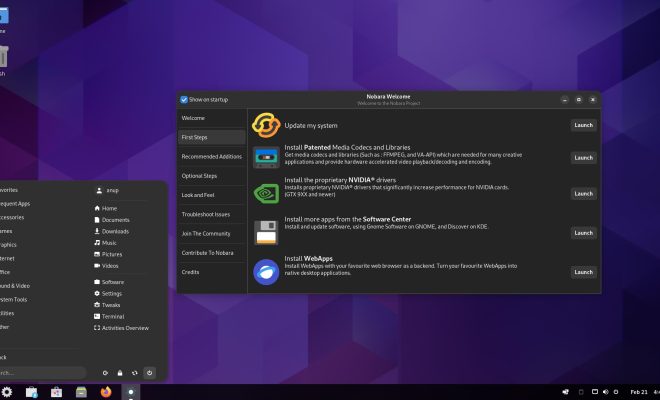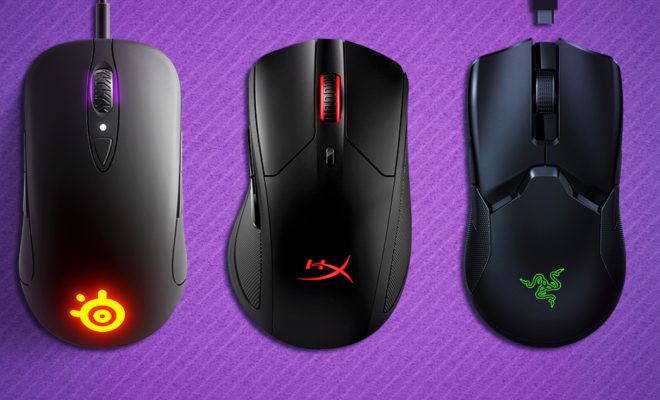CBR vs VBR Encoding

When it comes to digital audio, encoding is the process of converting analog sound into a digital file, making it possible for music to be stored and played back on electronic devices. Two common methods of encoding are Constant Bit Rate (CBR) and Variable Bit Rate (VBR). While both methods have their pros and cons, choosing the right one largely depends on the intended use of the audio file.
CBR Encoding:
CBR encoding is a method that produces audio files of uniform size, with the bitrate, or amount of data per second, remaining consistent throughout the entire file. This means that every second of the audio file has the same bitrate, regardless of the complexity or simplicity of the audio. The level of compression applied to the audio is also consistent throughout the entire file.
Pros of CBR Encoding:
– Predictability:
CBR encoding is predictable in terms of file size and bitrate, which means that the audio file will play back smoothly without any hiccups or breaks.
– Compatibility:
The vast majority of audio players and devices are compatible with CBR encoded audio files.
– Bitrate Control:
Because CBR encoding produces audio files with a consistent bitrate, it’s easy to control the size of the audio file by adjusting the bitrate accordingly.
Cons of CBR Encoding:
– Inefficiency:
CBR encoding is less efficient in terms of storage space since every second of audio is encoded using the same amount of data, which can lead to larger file sizes.
– Quality:
Since the audio file is encoded at a constant bitrate, complex audio sections may be distorted or compressed more than necessary, ultimately affecting the overall quality of the audio.
VBR Encoding:
VBR encoding is a method of encoding audio files that uses a dynamic bitrate that adjusts according to the complexity of the audio. This means that highly complex audio sections will be encoded with a higher bitrate, while simpler sections will be encoded with a lower bitrate. As a result, the file size of VBR encoded audio can vary.
Pros of VBR Encoding:
– Better Audio Quality: Because VBR encoding adjusts the bitrate according to the complexity of the audio, the audio quality is generally superior to CBR encoded audio.
– Efficient Use of Storage: VBR encoding is more efficient than CBR encoding in terms of storage space, as it allows for the compression of simpler audio sections, resulting in smaller file sizes.
Cons of VBR Encoding:
– Incompatibility: Some audio players and devices may not support VBR encoded audio files, which can limit their usability.
– Less Predictable: With VBR encoding, the file size and bitrate can vary, making it more difficult to control the size of the audio file.
Conclusion:
Both CBR and VBR encoding have their advantages and disadvantages. CBR encoding is a more predictable option that is easy to control, but may produce larger audio files that may not be as high in quality. VBR encoding, on the other hand, offers superior audio quality and more efficient use of storage space, but may not be as compatible with all audio players and devices. Ultimately, the choice between these two encoding methods largely depends on the intended use of the audio file, with some situations benefiting more from CBR encoding, while others may require VBR encoding.






